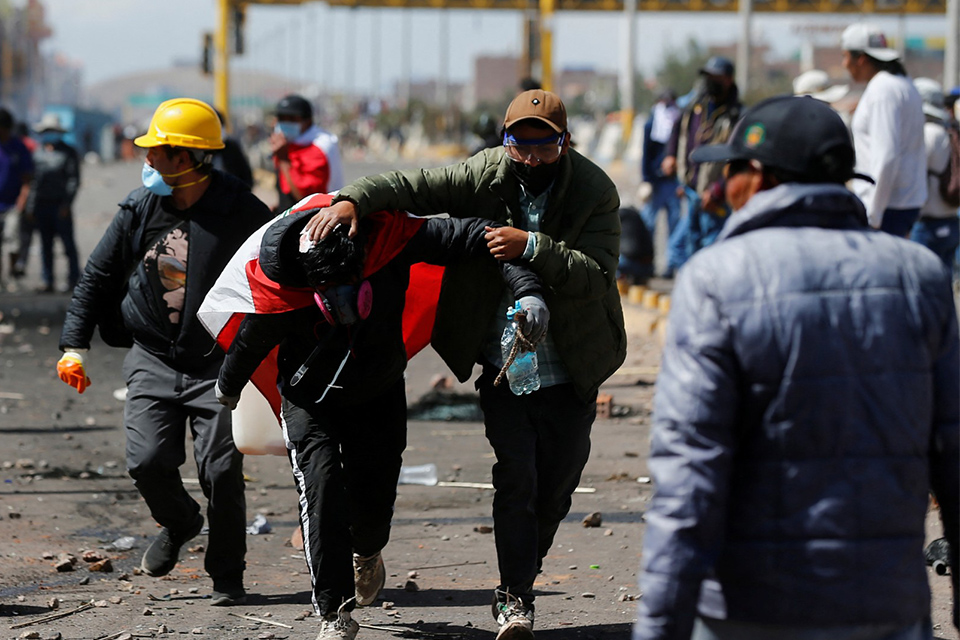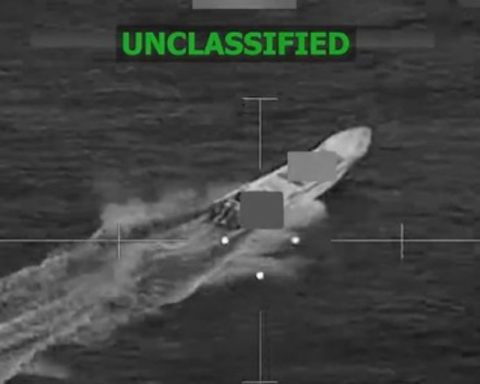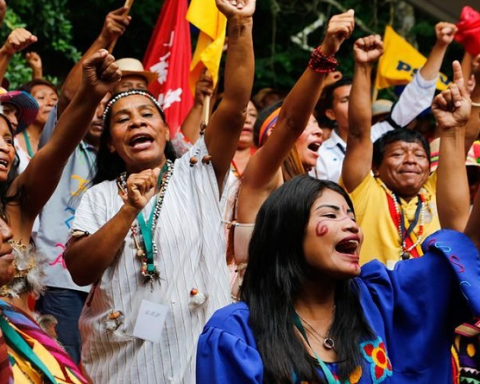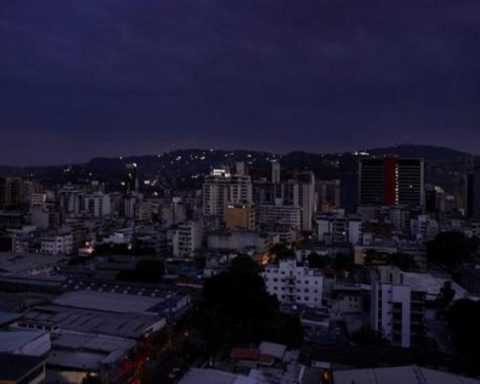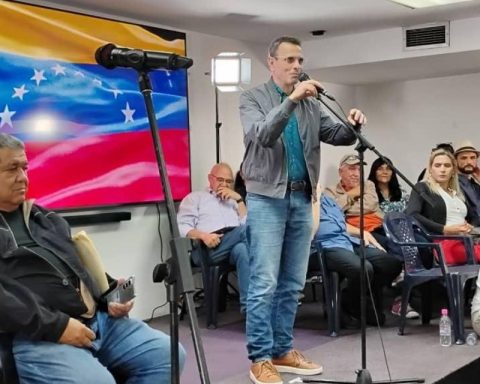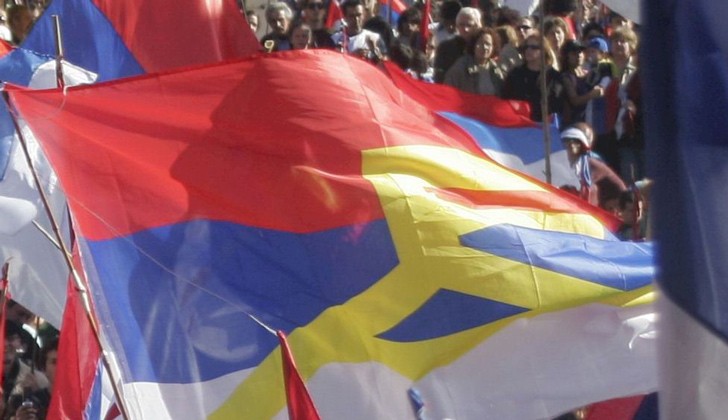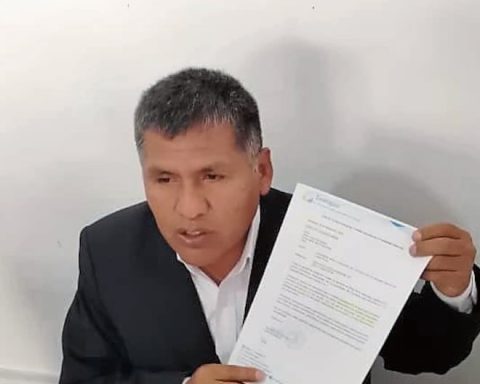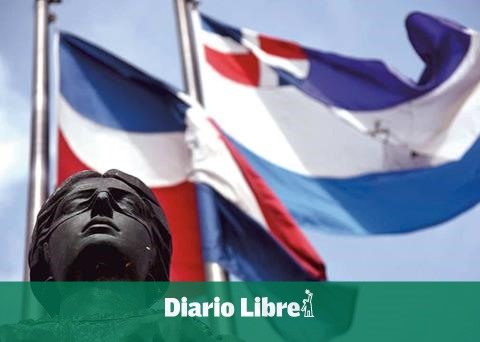Currently 11 departments are under this decree as they are the areas where there have been the most demonstrations against the government of Peru. In that country, since the protests began last December, after the failed self-coup by former president Pedro Castillo, 69 people have lost their lives, most of them were protesters
Thousands of Peruvians from different corners of the country and the capital gathered on Saturday, February 4, in the historic center of Lima, the capital of Peru, in a new anti-government march in which clashes broke out between protesters and police forces.
Regarding these protests, the Government declared this Sunday, February 5, a state of emergency in the southern departments of Madre de Dios, Apurímac, Arequipa and Moquegua for 60 days, and extended the measure for the same period in the regions of Cuzco, Puno and Tacna.
The Government had already decreed in mid-January and for 30 days the state of emergency in Lima, Callao, Amazonas and La Libertad, so in total they are eleven departments remain in a state of emergency.
The decree establishes that during the state of emergency, “the constitutional rights related to the inviolability of the home, freedom of transit through the national territory, freedom of assembly and personal freedom and security” are restricted or suspended.
On the other hand, the third article of the decree extends the mandatory social immobilization for ten days, between 8:00 p.m. and 4:00 a.m., which was already in force in the southern region of Puno, one of the epicenters of the protests.
Since the protests began last December, after the failed self-coup by former president Pedro Castillo, 69 people have lost their lives, most of whom were protesters who died in clashes with the forces of order, one was a policeman and twenty more died from events related to the mobilizations.
With information from the EFE Agency
Post Views: 548
